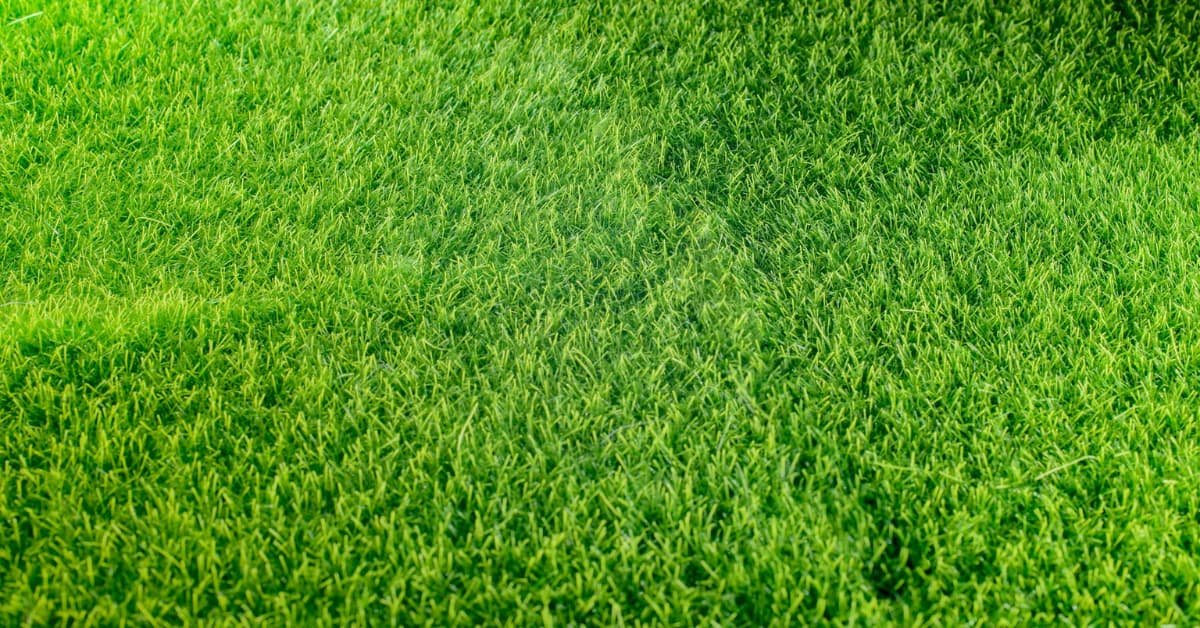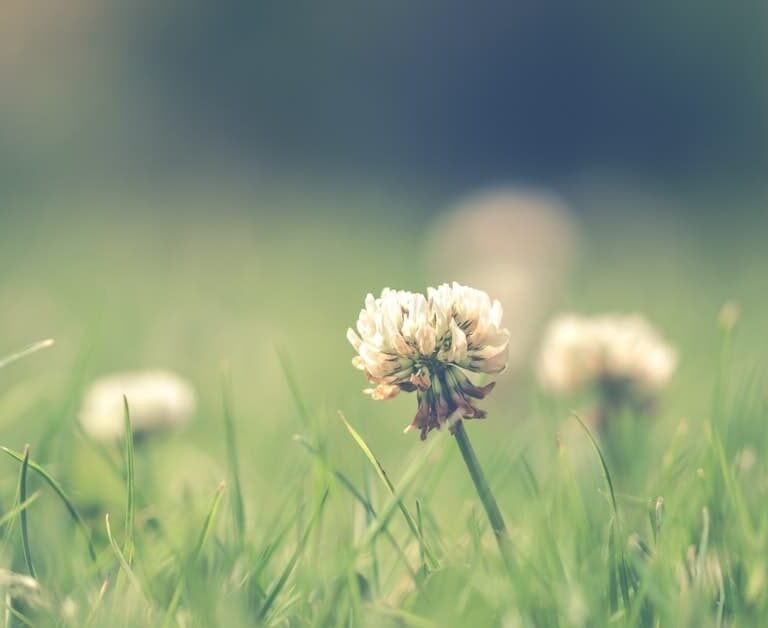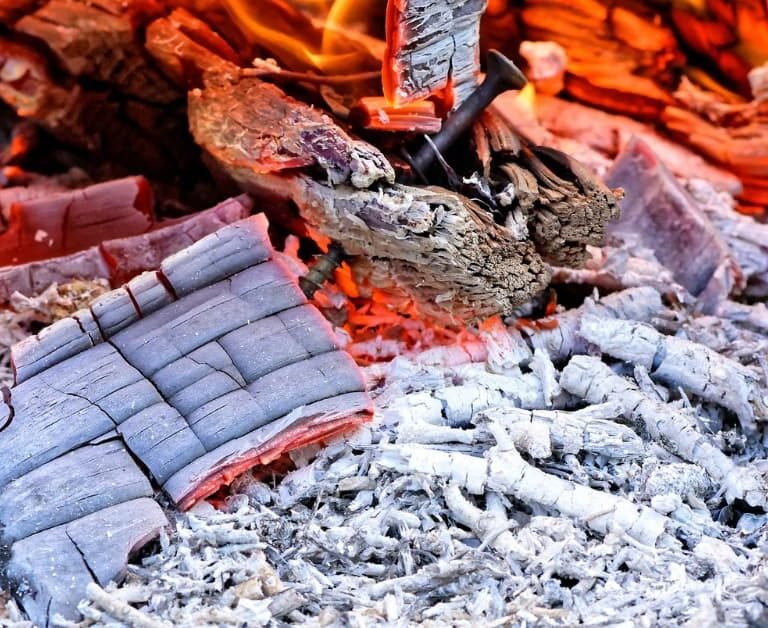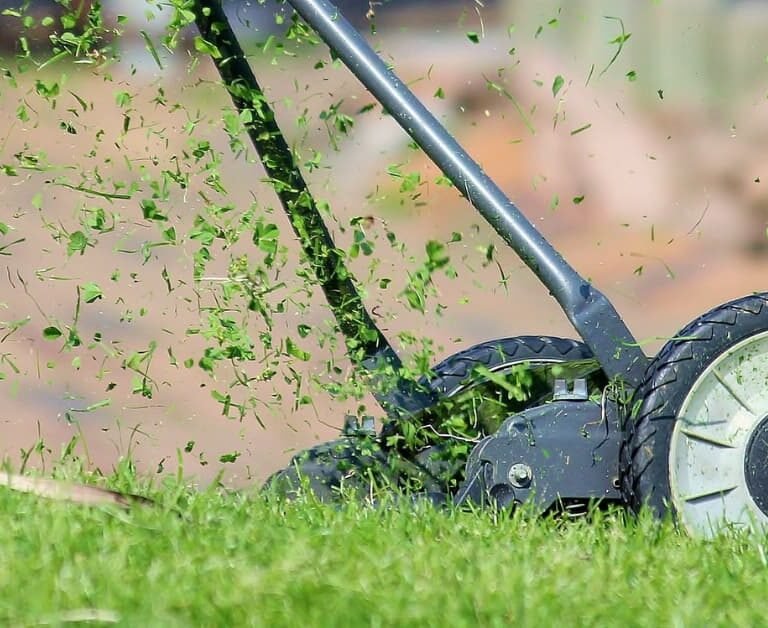
Artificial turf has become a popular alternative to natural grass due to its low-maintenance requirements and aesthetic appeal. It is a synthetic material made of plastic fibers that mimic the look and feel of real grass.
Many homeowners and businesses have switched to turf for their lawns and landscaping for a variety of reasons, including water conservation, environmental concerns, and cost-effectiveness.
The benefits of artificial turf are numerous. Unlike natural grass, it does not require regular watering, mowing, or fertilization. This makes it an ideal option for those who want a beautiful lawn without the time and effort that natural grass demands.
Additionally, artificial turf is more durable and can withstand heavy foot traffic and extreme weather conditions. Overall, switching to turf can save time, money, and resources while still providing a visually appealing and functional outdoor space.
Short Summary
- Artificial turf is a cost-effective and low-maintenance option for achieving a beautiful lawn.
- It is made of non-natural fibers and can last up to 25 years, adding value to your home and contributing positively to the environment.
- Installation and maintenance require proper surface preparation and occasional brushing and rinsing, but overall, it requires much less effort than maintaining natural grass.
- Artificial turf is a more eco-friendly option than natural grass, reducing water usage and eliminating the need for harmful chemicals.
Benefits of Artificial Turf
The benefits of artificial turf, including its low maintenance requirements, durability, and eco-friendliness, make it a viable option for homeowners looking to achieve a beautiful lawn without spending excessive time and money.
Unlike natural grass, which requires regular mowing, trimming, and watering, artificial turf is made of non-natural, man-made fibers like polyethylene, polypropylene, and nylon.
This means it requires minimal upkeep and can last up to 25 years, making it a cost-effective solution in the long run.
Moreover, artificial turf is an environmentally friendly alternative to natural grass. Grass maintenance has a high environmental toll and requires chemicals that harm fish and other wildlife.
Homeowners use about 125 gallons of water for every 1,000 square feet of lawn on an average, high-temperature, sunny, summer day.
In comparison, artificial turf reduces water usage and eliminates the need for chemicals, making it a more sustainable and eco-friendly option.
Installation and Maintenance
Proper surface preparation is crucial for ensuring efficient drainage and maximum durability when installing artificial turf.
The first step in the installation process is to remove the existing grass and earth, followed by adding a base material to create a solid foundation.
After the base is in place, the turf is laid down and secured using turf nails or staples.
It is important to choose high-quality artificial turf to ensure it looks and feels like natural grass.
Artificial turf can be installed on a variety of surfaces, including concrete and soil, but proper surface preparation is necessary to ensure proper drainage and longevity of the turf.
When considering the cost comparison and environmental impact of artificial turf versus natural grass, artificial turf can be a more cost-effective and eco-friendly option.
While the initial cost of installation may be higher, the long-term savings on water usage, maintenance, and equipment can make up for the initial investment.
Additionally, artificial turf eliminates the need for chemicals that harm wildlife and reduces water usage, making it a more environmentally friendly choice.
Proper installation and maintenance can also extend the life of the turf, reducing the need for replacement and further reducing its environmental impact.
Comparison to Natural Grass
In terms of environmental impact and maintenance requirements, artificial turf offers several advantages over natural grass.
Natural grass maintenance has a high environmental toll, requiring chemicals that harm fish and other wildlife.
Additionally, homeowners use about 125 gallons of water for every 1,000 square feet of lawn on an average, high-temperature, sunny summer day, which can become much more expensive or even banned in the future.
Artificial turf, on the other hand, reduces water usage and eliminates the need for chemicals, making it a more eco-friendly option than natural grass.
Moreover, artificial turf can be more cost-effective than natural grass in the long run.
While the initial cost of installation can vary depending on the size of the area and the quality of the turf, it lasts up to 25 years and requires so much less maintenance than real grass, such as mowing, trimming, or watering.
In contrast, natural grass requires equipment like a lawn mower and trimmer, which require either gas or rechargeable batteries and upkeep of their own.
Thus, switching to artificial turf can be a more sustainable and cost-effective choice for homeowners.
History and Industry
Artificial turf has a rich history that dates back to its first use in 1966 in the Houston Astrodome sports stadium, where it was named AstroTurf after its initial installation.
Since then, the use of artificial turf has evolved significantly, with manufacturers constantly innovating to create more realistic, durable, and sustainable options.
Some of the key developments in the artificial turf industry include the use of different materials, such as polyethylene, polypropylene, and nylon.
This creates more natural-looking grass blades, as well as the development of infill materials that provide cushioning and help regulate temperature.
As the popularity of artificial turf has grown, so has the range of applications for which it can be used.
Today, artificial turf is not just used for sports fields, but also for landscaping, commercial and residential properties, and even indoor spaces.
The industry is expected to continue to evolve in the coming years, with new innovations and technologies being developed to make artificial turf even more realistic, sustainable, and cost-effective.
Whether you are looking to replace your lawn or install a new sports field, there is an artificial turf solution that can meet your needs and provide a beautiful, low-maintenance alternative to natural grass.
Additional Information
One factor to consider when choosing artificial turf is the different options available, including varying pile heights and blade shapes that can impact the overall look and feel of the turf.
The pile height refers to the length of the fibers in the turf and can range from short to long.
Shorter pile heights are better suited for high-traffic areas, while longer pile heights are more suitable for areas where people will be sitting or walking barefoot.
The blade shape also plays a role in the appearance of the turf, with options including flat, diamond, and S-shaped blades.
In addition to pile height and blade shape, there are other backyard tips to consider when choosing artificial turf.
For example, it is important to choose a turf that is appropriate for the climate in your area, as some types of turf may not hold up as well in extreme temperatures or weather conditions.
It is also important to properly prepare the surface before installing the turf, to ensure proper drainage and longevity.
By taking these factors into consideration, homeowners can choose the best type of turf for their needs and create a beautiful, low-maintenance lawn that will last for years to come.
FAQs:
How does artificial turf affect the temperature of a yard compared to natural grass?
Temperature differences between artificial turf and natural grass are significant, with turf being much hotter due to its composition and lack of evapotranspiration. This has negative environmental impacts, such as increasing energy use for cooling and contributing to urban heat island effects.
Can artificial turf be used for indoor spaces, such as in a home or office?
Artificial turf can be used for indoor spaces such as homes and offices, but it requires regular maintenance to ensure its longevity. Proper cleaning and occasional brushing are necessary to maintain its appearance and prevent wear and tear.
How does the cost of artificial turf compare to the cost of maintaining a natural grass lawn over time?
As a long-term savings analysis, artificial turf cost comparison with natural grass lawns indicates that although the initial installation cost of artificial turf is high, it is offset by the savings in maintenance and water costs over time.
What are the potential health risks associated with using artificial turf, especially for children who play on it frequently?
Artificial turf may pose potential health risks for children who frequently play on it due to the chemicals and lead present in some turf products. Maintenance requirements include occasional brushing and rinsing to prevent dust buildup.
Are there any special considerations that need to be taken into account when installing artificial turf in areas with heavy rainfall or flooding?
Installation requirements for artificial turf in areas with heavy rainfall or flooding must prioritize proper drainage solutions. This includes using a base that promotes water flow and slope adjustments to prevent standing water, ensuring longevity and preventing potential damage to the turf.




